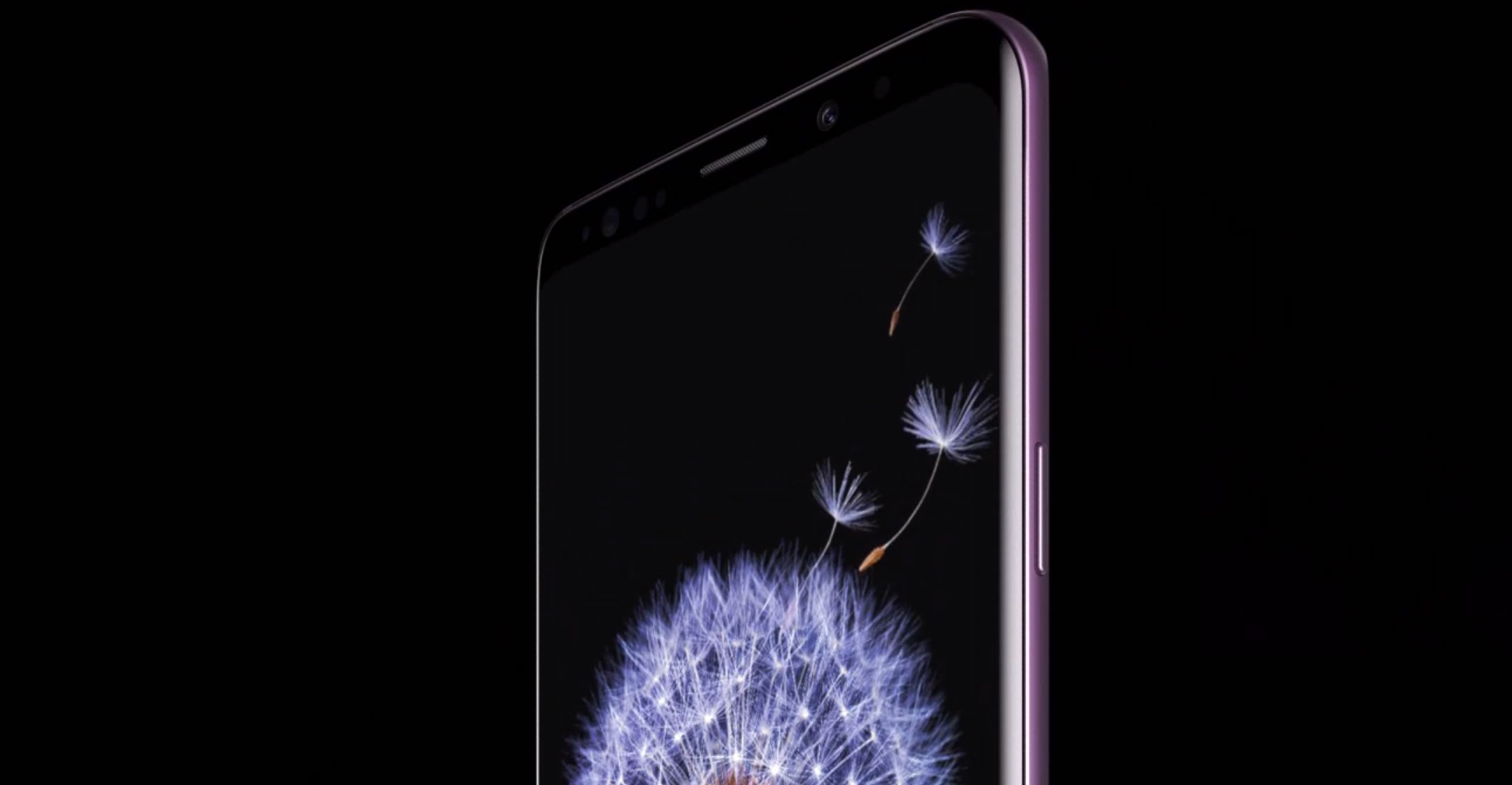
Samsung Electronics grabbed centre stage in Barcelona at Mobile World Congress with the unveiling of its latest flagship handset, the Galaxy S9.
The South Korean technology giant is banking on new features such as augmented reality-based emojis, camera upgrades and stereo speakers in a form factor similar to last year’s model to take on Apple’s iPhone X. It also wants to calm concerns about a possible slowdown of its component business, and vice chairman Jay Y Lee’s ability to manage the company following his legal saga.
“The S9 is such a high-visibility flag bearer that Samsung has to keep pushing the envelope aggressively with it, regardless of what may be happening in the other Samsung businesses,” said Bryan Ma, vice president of devices research at IDC. “My worry, though, is that the product seems like a mere incremental ‘me too’ set of improvements rather than anything that significantly differentiates it.”
While Samsung is challenging the iPhone X’s Animoji feature with its on take on the phenomenon, the company isn’t fighting Apple’s new design. The new Samsung phones, which come in the same 5.8-inch and 6.2-inch screen sizes, look similar to last year’s phones save for slightly slimmer bezels on the top and bottom.
The new models are cheaper than the iPhone X, which starts at US$999. The S9 and S9+ will cost R14 599 and R17 999 on pre-order in South Africa, with the first stock expected to go on sale in mid-March.
Samsung had 22% of the smartphone market in 2017, ahead of Apple’s 15%, according to IDC. While the iPhone X launched with much fanfare late in the year, many consumers regard pricey flagship handsets as a luxury rather than an necessity and stick to cheaper models or previous generations, according to IDC.
The S9 is another step away from the company’s exploding phone debacle in 2016. And it’s the first new Samsung phone unveiled since Lee was set free with a suspended prison term for graft. Sales of the device will be a test of Lee’s performance after his skills as a business manager came into question during the legal saga.
The highlight upgrade for the S9 is the camera system, which takes better pictures in low-light environments and has a new slow-motion video capture mode. The standard S9 includes a single rear lens, while the S9+, like the iPhone X, includes dual back cameras to capture depth in photos.
No design revamp
Even with a new camera, the lack of a major design revamp is notable for a company that’s known for quick style iterations. Samsung may be holding its fire: it’s working on a phone with a foldable screen. The iPhone X, with its slimmer bezels and notch, was a departure from past designs. While performance boosts and new features are important, many consumers upgrade based on the look of phones, especially near the $1 000 price point.
Samsung also didn’t use the S9 as an opportunity to compete more with Face ID, the iPhone X’s facial recognition feature for logging in. The previous S8 line offered three biometric methods to unlock the phones: iris scanning, facial recognition and fingerprint. The new models combine the first two into a feature called Intelligent Scan that uses the best method based on the situation.
Samsung has tried to put an in-display fingerprint scanner in its flagship smartphones. The technology, which would let consumers touch the screen to unlock their phone, remains elusive. Instead, the company kept the fingerprint scanner on the back, moving it a few millimeters.

Internally, the S9 will use Qualcomm’s flagship Snapdragon 845 processor in the US, but in other regions, such as Europe and South Africa, Samsung will use its own Exynos chip.
The company is also trailing in the services world that has become critical to Apple, Amazon.com and Google. A survey conducted by Forrester Research in the fourth quarter of 2017 found Samsung’s Bixby voice-controlled assistant lagged behind Amazon’s Alexa and Google’s Assistant as a mobile services platform.
Samsung’s products have also been less integrated than Apple’s. The South Korean company is trying to change that with the S9 by making it work better with its TVs and other appliances, and its SmartThings connected home platform. The company is also preparing its own smart speaker to compete with the Amazon Echo, Google Home and Apple HomePod.
“Samsung needs to add services and do more overall to improve consumer experience to win the race,” Thomas Husson, an analyst at Forrester, said. — Reported by Marie Mawad, Mark Gurman and Sam Kim, (c) 2018 Bloomberg LP




